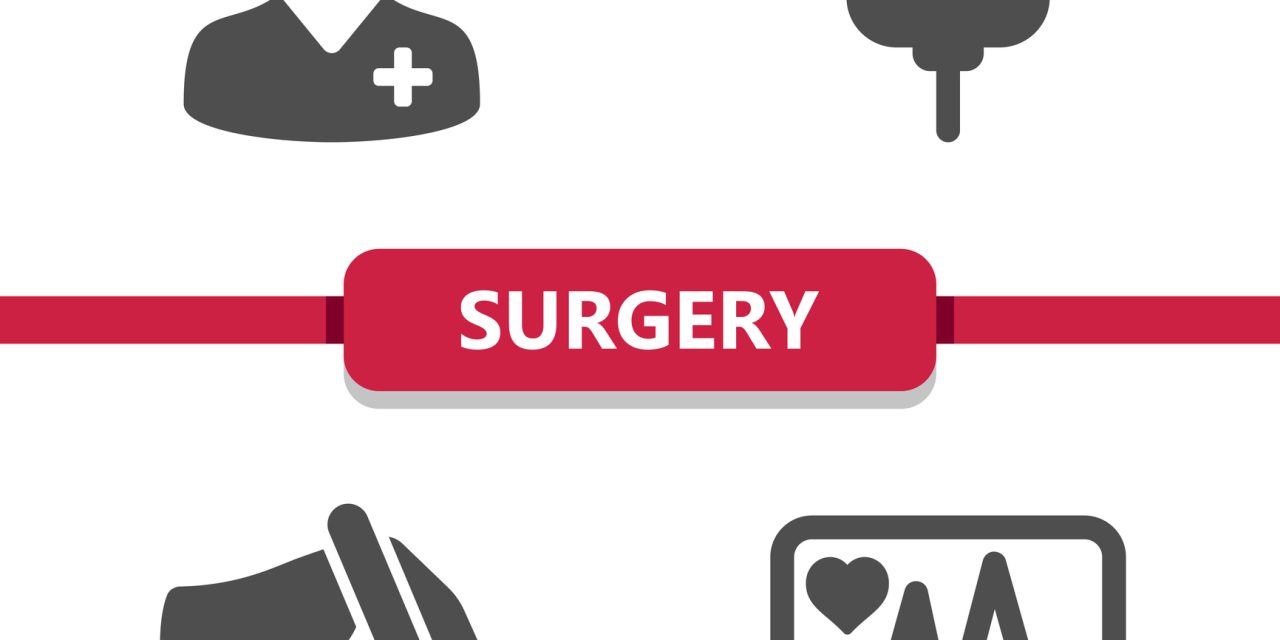The deep inferior epigastric perforator (DIEP) flap is the most common perforator flap for microsurgical breast reconstruction. Contrary to the conventional open approach, robotic-assisted DIEP flap harvest intends to preserve ARS integrity, thereby reducing the morbidity. We assessed the feasibility and compared performance outcomes of a robotic, cadaveric training model for DIEP flap harvest using two approaches: transabdominal preperitoneal (TAPP) and totally extraperitoneal (TEP).
A robotics system (da Vinci Xi) was applied in conjunction with a cadaveric training model. Ports were placed in the abdominal wall to triangulate each DIEP flap. Surgical time and technical characteristics were recorded. Values were analyzed and compared.
Eight female cadavers (16 hemi-DIEP flaps) were dissected: 50% TAPP and 50% TEP approaches. Mean harvest time was 56 minutes (range: 48-74 minutes) and 65 minutes (range: 60-83 minutes) for TAPP versus TEP groups, respectively ( < 0.05). Mean pedicle dissection time was 36 minutes (range: 25-40 minutes) and 39 minutes (range: 30-42 minutes) for TAPP versus TEP groups, respectively ( > 0.05). Intra-abdominal contents were manipulated twice on average in the TAPP group versus 0 times in the TEP group ( < 0.05). One TAPP case had an injury to the bowel, and one TEP case was converted to conventional open due to pneumoperitoneum.
Robotic-assisted DIEP flap harvest represents a technological enhancement for advanced regenerative plastic surgery. Our model demonstrated both TAPP and TEP are feasible, with TEP less invasive, preserving the posterior rectus sheath, and decreasing complication risks. However, there is a steeper and longer learning curve for TEP.
Thieme Medical Publishers 333 Seventh Avenue, New York, NY 10001, USA.
Robotic-Assisted DIEP Flap Harvest for Autologous Breast Reconstruction: A Comparative Feasibility Study on a Cadaveric Model.


